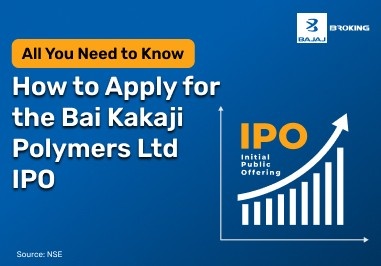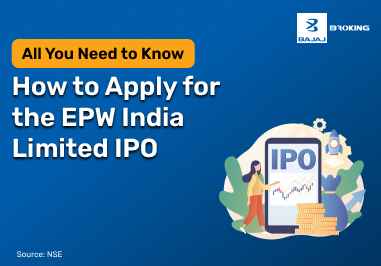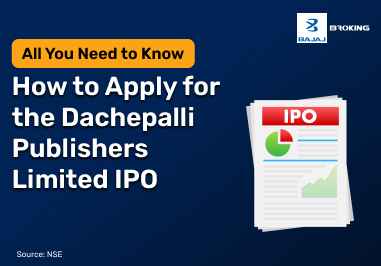From the perspective of the company’s investors, an oversubscription is a positive sign and indicates growth in brand value. Read on to discover more about IPO oversubscription.
What is oversubscription in an IPO?
Oversubscription in an IPO is a condition when an IPO receives much more applications than the total number of shares a particular company offers. Let’s use an example to better illustrate an oversubscribed IPO.
The IPO of ABCD Private Limited was oversubscribed 5.5 times across all investor categories. This means if the issue (IPO) size was 10 lakh shares, a total of 55 lakh bids were put for this IPO.
How does an IPO get oversubscribed?
Generally, when a particular company decides its offering size, it fixes a particular amount for each category of investors. A particular investor sector will become over-allocated if more people end up applying for the shares than the available quantity.
As mentioned above, there are quite a few reasons for an IPO to be oversubscribed. IPO oversubscription takes place when too many investors are interested in an IPO and end up offering more money. An oversubscription indicates strong public interest in the company and can lead to an immediate increase in its price upon listing.
Additional Read: How does an IPO work?
Factors responsible for IPO oversubscription
It is challenging to determine whether an IPO will be oversubscribed or not. But in this section, we will look at some of the key factors responsible for it:
When underwriting an IPO, the issuing company may underestimate its market demand. As a result, it may issue a relatively small public offering, leading to more people putting in bids than the total number of available shares.
If a company’s competitors have issued their IPOs around the same time as itself, it can reduce investors’ interest in the IPO. Furthermore, it will become harder to generate interest in the stocks of this particular company. However, a company that’s a market leader can attract an overwhelming number of bids.
- The company’s financial condition
If you take part in an IPO, you will first check the company’s financials before subscribing. So, if the company’s financial condition is good, it will influence you to participate.
What happens after an IPO oversubscription?
But what happens after an IPO is oversubscribed? Let us explore it in detail.
When oversubscription in an IPO takes place, the company cannot issue shares to every bidder. Securities and Exchange Board of India (SEBI) has devised a system to help companies allot shares in an oversubscribed IPO.
As per this system, if the oversubscription is small, the company needs to ensure that it allots a minimum of 1 lot to each investor who has subscribed. After it is complete, the company allots the rest of the shares on a pro-rata basis to investors.
However, what happens when there’s massive oversubscription in an IPO? In such cases, the company can’t allot at least 1 lot of shares to every investor. So, a randomised lottery draw system which is entirely computer-based takes place.
This lottery decides who’ll get the shares. The major drawback of this system is that there will be some people who will miss out on receiving shares. If such a situation takes place due to massive oversubscription, the company will return the amount that people invested.
With oversubscribed IPOs, the company gets a chance to raise much more capital than anticipated from the market. It is a better alternative than applying for loans from various financial institutions. Furthermore, it enables companies to yield better returns for their investors by listing shares in premiums.
Additional Read: IPO investment strategy
Relationship between oversubscription and listing gains
Taking off from the previous section, you need to keep in mind an important point regarding oversubscribed IPOs. Popular IPOs often become oversubscribed due to their high demand. Moreover, a large number of investors want to earn listing gains from them
The price of these stocks upon listing may be much higher than their IPO price. It provides a lucrative opportunity for you to sell off your shares to make some quick listing gains. The difference between stock prices and IPO prices on the opening day determines your listing gains.
Reasonably priced IPOs that are oversubscribed hold the potential for good listing gains. While oversubscription in an IPO is an important reason for good listing gains, several other factors affect it as well. Some of these factors include the market conditions at the time of listing and IPO pricing.
To sum up, an oversubscribed IPO happens when a particular company receives more applications during its IPO than the total number of shares it offers. If you have plans of investing in an upcoming IPO, ensure you have a Demat account because this account is a prerequisite for participating in the stock market.
You can consider opening a Demat and trading account with Bajaj Broking without having to pay any charges in the 1st year. It will let you participate in upcoming IPOs in a simplified way.














